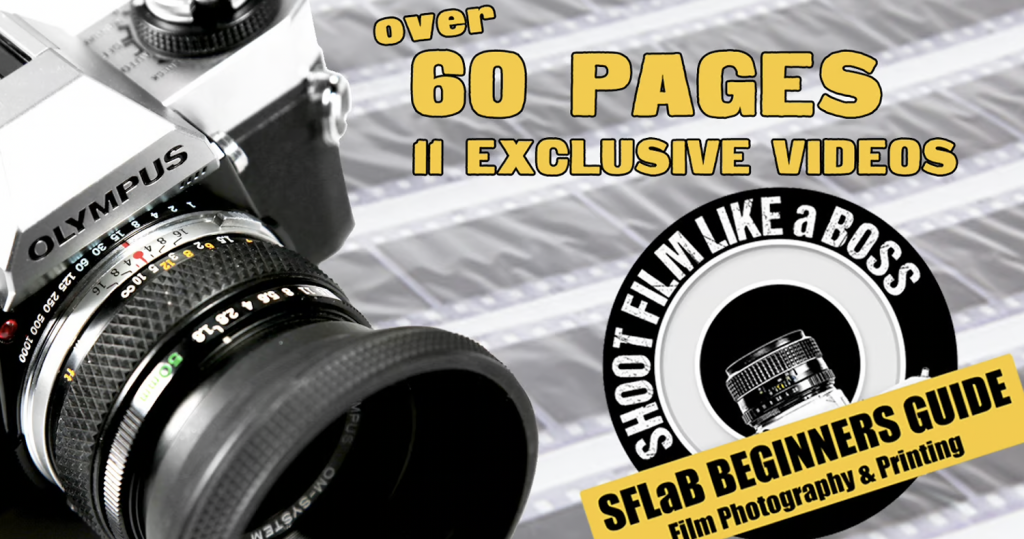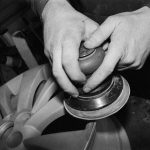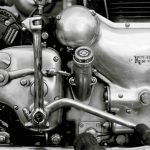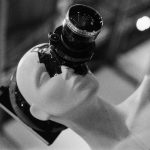Surely this won’t be accurate?

I never thought I would see the day when I would use one of these tiny light meters!
I have seen them becoming popular over the past few years but always thought they were just a fancy gadget made in China that would appeal to film shooters that were either in need of an alternative inexpensive light meter or just love having these fancy gadgets in their bag.
We all love a gadget, right!
Check out the price of these light meters
I use a Sekonic Zoom Master L508 light meter for most of my work. It is a lump to carry around for your everyday style of Street/Urban Photography but for my Medium/Large format Scapes, Portraits and Still Life it has proved to be a must have in my bag. Most of my Street/Urban I shoot 35mm and most of my 35mm cameras have excellent built in meters. But, I do have a few that I use now and again that don’t have a meter inside. With those cameras I either meter by sight and wing it (400 Speed Film and F8 don’t be late) or use a phone app for a quick guide. I don’t take the Sekonic with me.
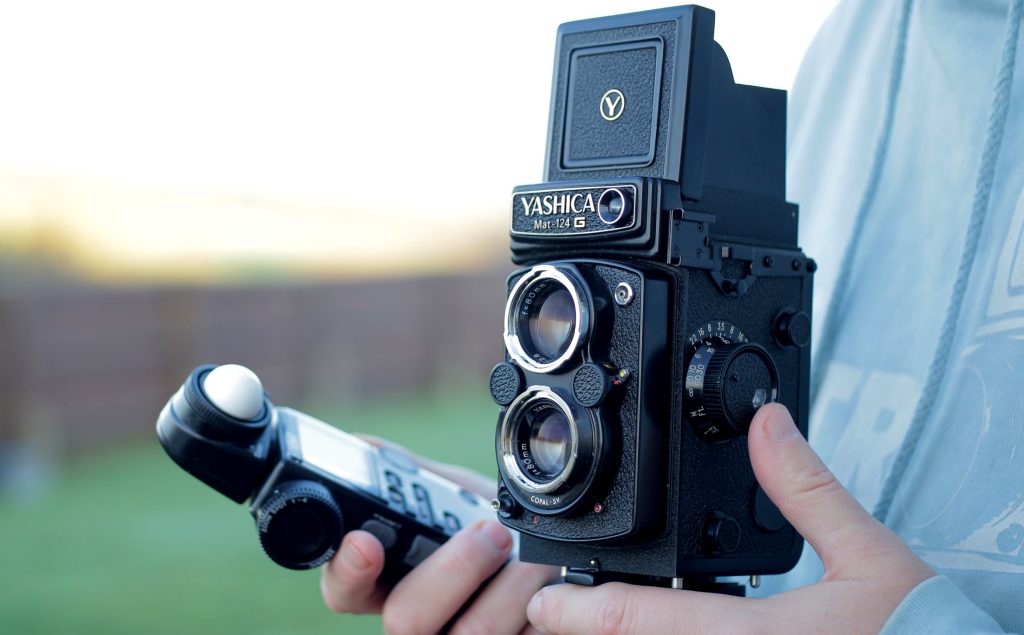
My friend, Nick, came to see me from the States and we went for a photo walk together and out of his bag he pulls out this tiny little light meter. I had never seen one in person before. I put it in my hands, had a fiddle with it and gave it back. Expecting my friend to put the meter onto his cameras shoe he measured the light by using it in his hand, pointing it at the scene and then put it in his pocket and cracked on taking pictures. I spoke no more of the subject. I was thinking it was no more useful than a phone app. Thats not to say phone apps are no good. I use one occasionally. But just as a rough guide.
A few weeks later a company, Pergear, in China asked if I would like to review a Light Meter. And it was only the exactly same one as my friends! The Astrhori AH-M1.
Whats the chances of that! So I accepted.

I only accept products that I think would benefit the Film, Photography and Video Making Communities so I was excited to see if I was right about this little tiny gadget. I was wrong! And it works very well and is very accurate! Certainly a better offer than the office desk I was asked to review. Or the latest gaming app. Not to mention the latest sun glasses! As a YouTuber you do get some strange requests.
Functions
Using the function button you can change the ISO, metering mode (Aperture or Shutter Priority), Lock the exposure and also use continuous metering or single metering. Continuous meaning the meter changes value automatically as you point it to different light sources, single meaning you have to point the meter at your subject and press the function button for a reading.
To access the functions you use the one function button in various sequences which sounds a faff but it’s really quite simple.
It also shows an EV reading and Exposure Compensation. The exposure compensation is what you would use to calibrate the meter.
The shutter speeds go from 30 seconds all the way to 1/8000 of a second. The ISO goes from ISO 5 to 6400 and the Aperture goes from F1 to F32.
There is also a battery level indicator.
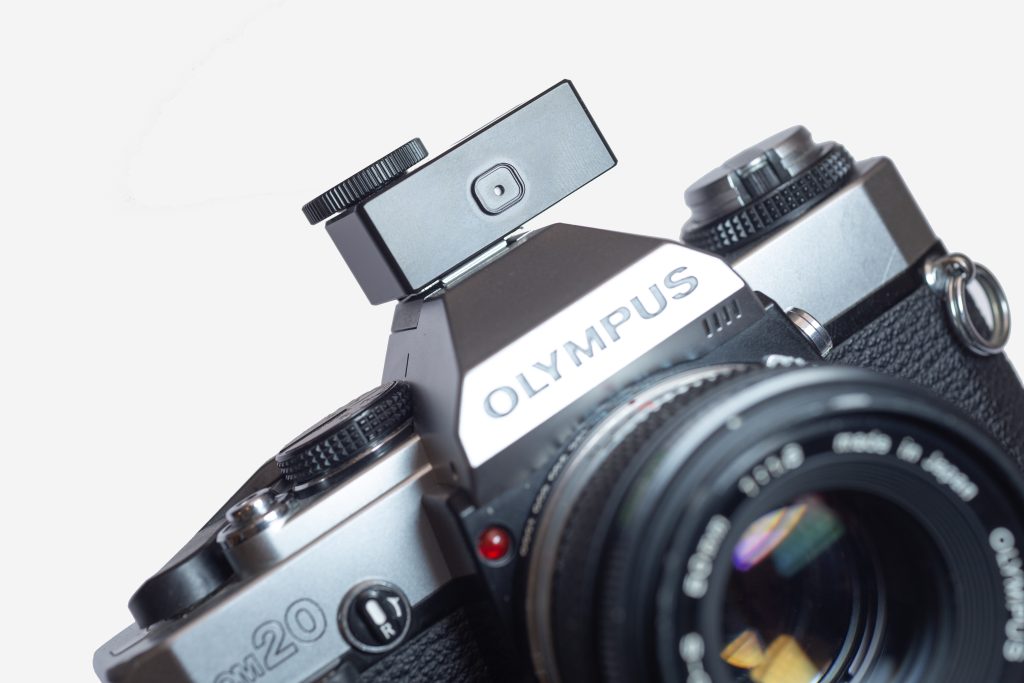
Build Quality
It feels quality! A solid metal case, could be brass. The photo on the Pergear website shows the bracing effect.
It has one function button, a jog wheel, a USB C for recharging the internal battery, which I have seen lasting all day long! And, of course, a pinhole light sensor. It also has a cold shoe for mounting to your camera that can be adjusted to shift left or right so the meter doesn’t cover your cameras shutter speed dial. Although, you have to unscrew the cold shoe using the Allen Key provided which is a bit fiddly.
On my one the USB connector is a bit wonky and the OLED display is probably half a mm off centre but it doesn’t affect its performance. Just if you are OCD like I am! And the OLED is very bright which is easily visible in daylight.
The display is also not protected by any glass or plastic so be careful if you are out in the rain! I can see water droplets easily seeping into the unit via the USB or Display.
If I could make any changes to the unit it would be to put the display on the back where the function button is. It would change the design a bit in size maybe but it would be easier to see as you are taking photos but no big deal! Also, a small loop fixed to the unit so you could attach a lanyard to put around your neck as it is so small I kept misplacing it.

What would I use it for?
It certainly wouldn’t replace my Sekonic. And I wouldn’t use it for my cameras that have good working internal meters. But, I do have cameras where the meters are either not that accurate and some without a meter at all. It would be especially handy when I take my folding cameras out for some Street/Urban Photography.
I’m not sure though if I would use it on camera or just put it in my pocket as my friend did.
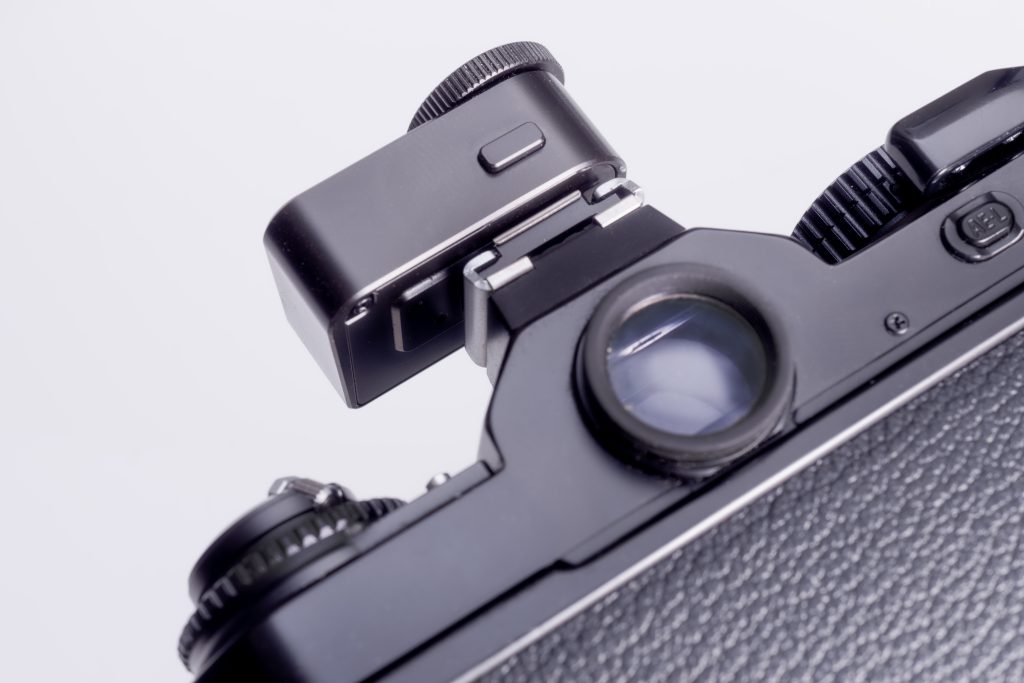
How did I test it?
I used my Leica Q2 Monochrome. That camera has an outstandingly accurate light meter inside so I fixed the Meter to the cameras hot shoe and compared the exposure readings on various subjects, indoors and out doors. The Astrhori was reading about 1 stop over exposed compared to the Leica’s meter so I changed the Exposure Compensation on the Astrhori to -1 and BINGO. Every where I pointed the meter indoors I was getting the exact same reading on the Lieca. It was hit and miss a few times but only by one third here and there.
I then used my Sekonic in incident mode using the Lumisphere and again the Astrhori hit the spot. Give or take a smidge.
Being a reflective meter, meaning it reads light that is reflecting off a subject the same as your cameras internal meter, it will be touch and go with bright scenes such as scapes and sky. I will more than likely read the sky and then read the ground where there is detail and go in between.
I am not sure of the angle of metering but I have heard it is 30%. But from my tests if you point the meter to your subject at a reasonably close distance the reading returns an accurate exposure. It is sensative, meaning, if you are outside and point the meter a bit up towards the sky the readings change, as expected. Which is good.
FILM ILFORD DELTA 100

I went out with a Pentacon Six and a roll of Ilford Delta 100 to test the light meter on film and also made a vlog showing the tests, and the meter worked well! Here are some photographs I shot using the meter after developing in 510 PYRO.
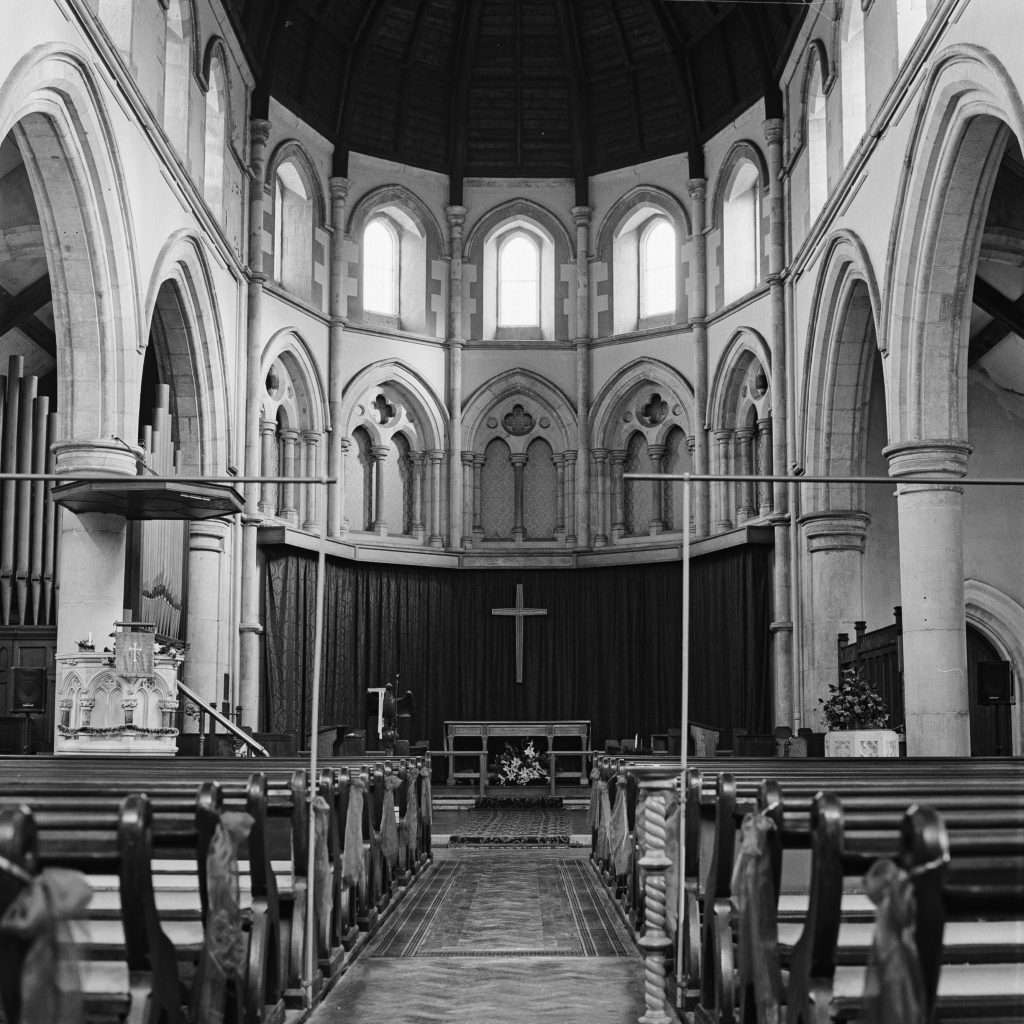





Going Forward
I will definitely be using this light meter occasionally on camera but will more than likely put it in my pocket or bag every time I go out taking pictures. It is so small it would be a crime not to carry it about. You never know!
As I said it won’t replace my Sekonic for an accurate reading but for certain cameras and subjects it will be ideal and I am so pleased I got this product to test. I now know they work very well.

